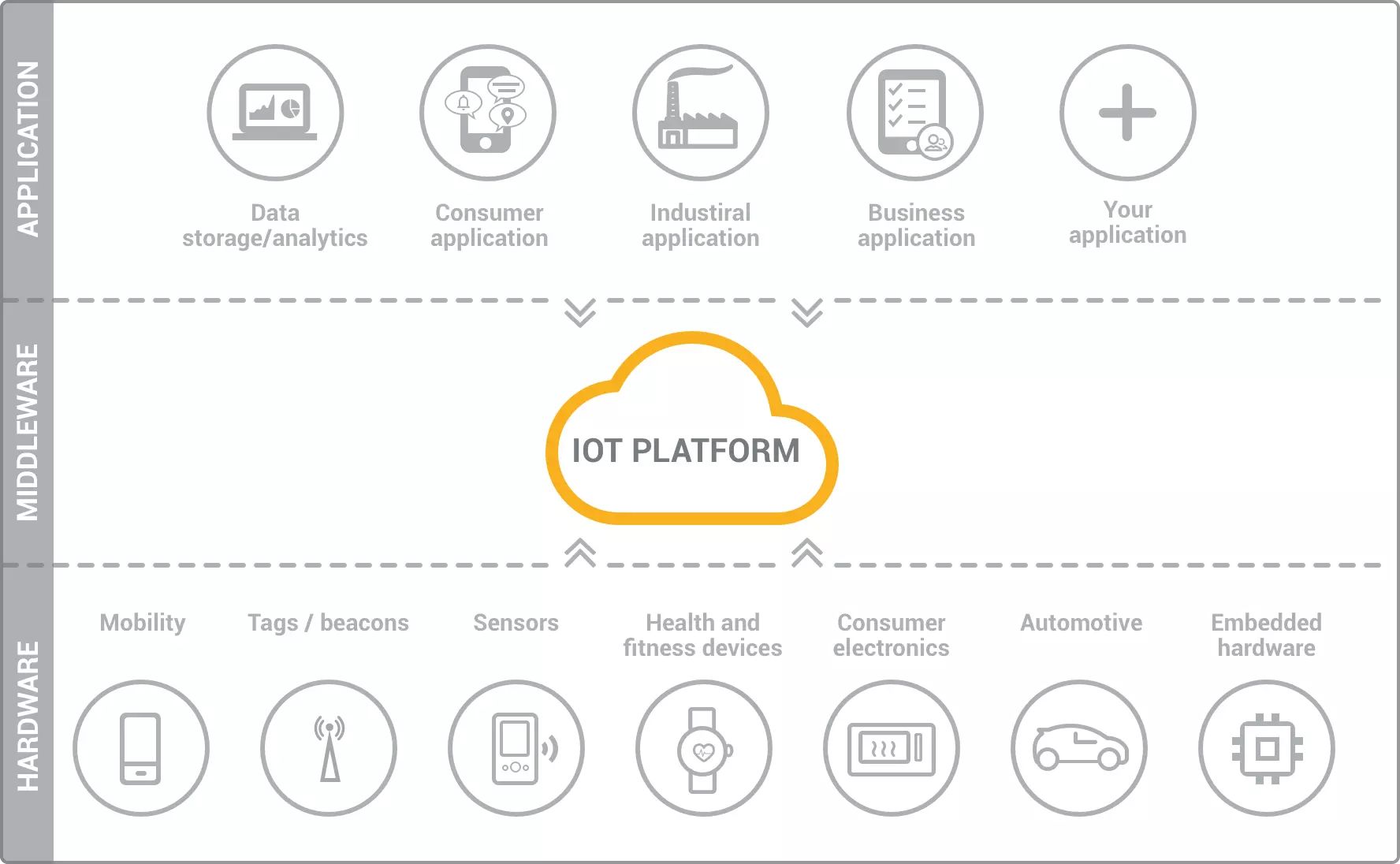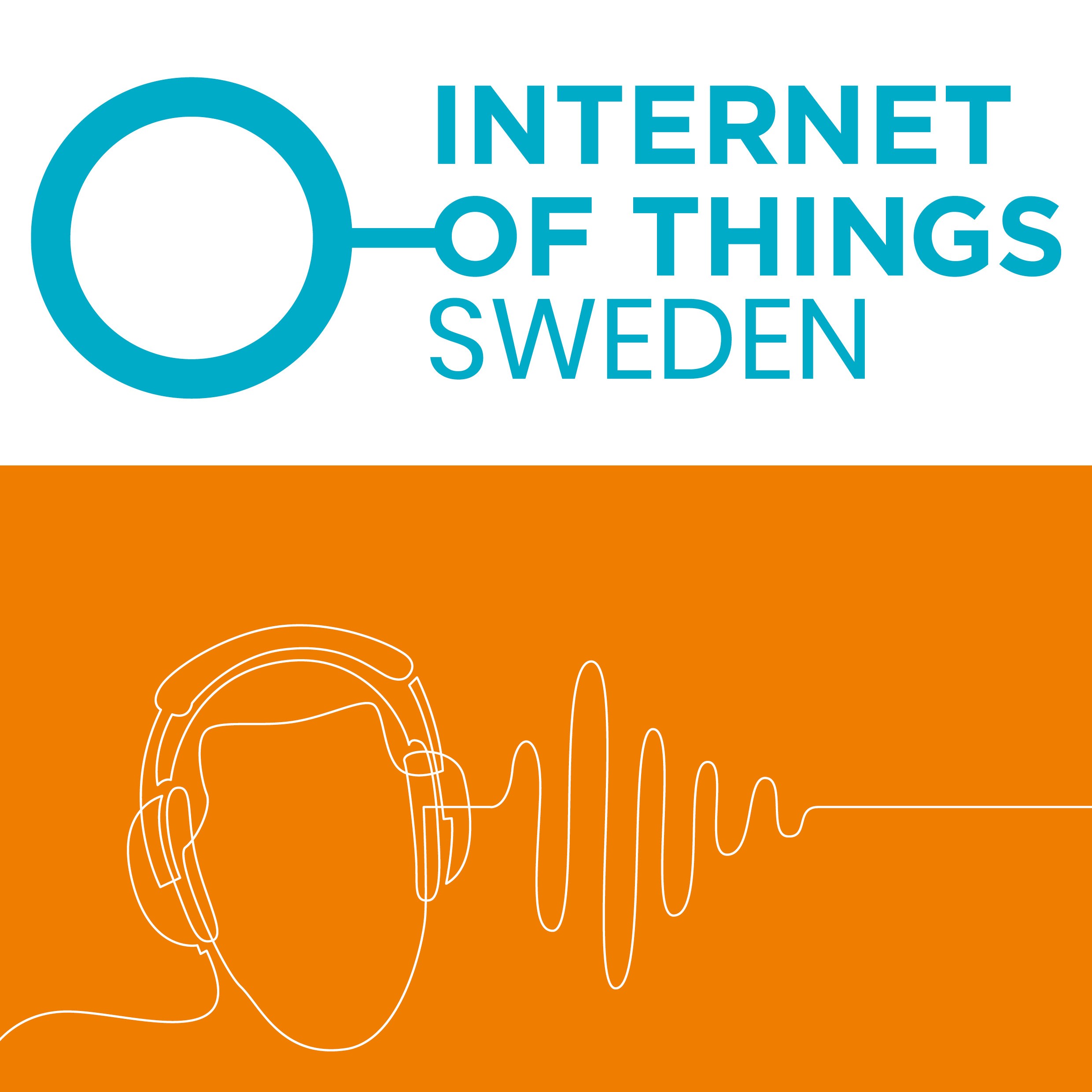Remote IoT P2P technology has emerged as a game-changer in the world of connected devices, offering seamless communication and data exchange without intermediaries. This innovative approach allows devices to connect directly, enhancing efficiency and reducing latency. As businesses and individuals increasingly adopt IoT solutions, understanding the role of remote IoT P2P systems becomes crucial. This review dives deep into the functionality, advantages, and potential drawbacks of remote IoT P2P technology, ensuring you have all the information you need to make informed decisions.
With the growing demand for real-time data transfer and secure communication, remote IoT P2P systems have gained significant traction. These systems eliminate the need for centralized servers, reducing costs and enhancing privacy. Whether you're a tech enthusiast, a business owner, or an IoT developer, the ability to connect devices directly can revolutionize your operations. In this article, we’ll explore the key aspects of remote IoT P2P technology, answering your most pressing questions and providing actionable insights.
As IoT devices continue to proliferate across industries, the importance of reliable and efficient communication cannot be overstated. Remote IoT P2P systems offer a robust solution, enabling devices to interact without relying on third-party infrastructure. From smart homes to industrial automation, the applications of this technology are vast and varied. This review will guide you through its features, benefits, and considerations to help you understand why remote IoT P2P is becoming a cornerstone of modern connectivity.
Read also:Joy Mangano The Inspiring Journey Of A Selfmade Entrepreneur
Table of Contents
- What is Remote IoT P2P?
- How Does Remote IoT P2P Work?
- What Are the Benefits of Using Remote IoT P2P?
- What Are the Common Use Cases for Remote IoT P2P?
- What Are the Challenges and Limitations of Remote IoT P2P?
- Is Remote IoT P2P Secure?
- How Does Remote IoT P2P Compare to Traditional IoT?
- What Key Features Should You Look for in a Remote IoT P2P System?
- What Does the Future Hold for Remote IoT P2P?
- Final Thoughts on Remote IoT P2P Review
What is Remote IoT P2P?
Remote IoT P2P, or Peer-to-Peer Internet of Things, refers to a decentralized communication model where IoT devices connect directly with one another without the need for intermediaries like servers or gateways. This approach contrasts with traditional IoT systems, which rely on centralized infrastructure to manage data flow. By enabling direct communication, remote IoT P2P systems reduce latency, improve efficiency, and enhance privacy.
One of the key characteristics of remote IoT P2P technology is its scalability. As more devices are added to the network, the system can adapt without requiring additional infrastructure. This makes it ideal for applications ranging from smart homes to large-scale industrial automation. Additionally, remote IoT P2P systems often incorporate advanced encryption protocols to ensure secure data transfer, making them a reliable choice for sensitive applications.
How Does Remote IoT P2P Work?
At its core, remote IoT P2P technology leverages a decentralized architecture to facilitate direct communication between devices. When two devices need to exchange data, they establish a direct connection using unique identifiers or cryptographic keys. This eliminates the need for a central server to mediate the interaction, reducing bottlenecks and improving performance.
Here’s a step-by-step breakdown of how remote IoT P2P systems operate:
- Device Discovery: Devices broadcast their presence on the network using protocols like mDNS or SSDP.
- Authentication: Devices verify each other’s identity using cryptographic keys or certificates.
- Data Exchange: Once authenticated, devices establish a secure connection and begin transferring data.
What Are the Benefits of Using Remote IoT P2P?
Remote IoT P2P systems offer numerous advantages over traditional IoT architectures. These benefits make them an attractive option for businesses and individuals looking to optimize their connected device ecosystems.
- Reduced Latency: By eliminating intermediaries, remote IoT P2P systems enable faster communication between devices.
- Enhanced Privacy: Data remains within the network, reducing the risk of unauthorized access.
- Cost Efficiency: Without the need for centralized servers, operational costs are significantly lower.
- Scalability: The decentralized nature of remote IoT P2P allows for seamless expansion as more devices are added.
What Are the Common Use Cases for Remote IoT P2P?
Remote IoT P2P technology is versatile and can be applied across various industries. Here are some of the most common use cases:
Read also:Discovering Kim Basinger A Hollywood Icons Journey Through Time
- Smart Homes: Devices like thermostats, cameras, and lighting systems can communicate directly to create a cohesive ecosystem.
- Industrial Automation: Machines and sensors on factory floors can exchange data in real-time, improving efficiency and reducing downtime.
- Healthcare: Remote monitoring devices can transmit patient data directly to healthcare providers, ensuring timely interventions.
- Smart Cities: Traffic management systems, waste management solutions, and public safety networks can benefit from direct communication.
What Are the Challenges and Limitations of Remote IoT P2P?
While remote IoT P2P systems offer numerous advantages, they are not without their challenges. Understanding these limitations is essential for making informed decisions about their implementation.
One of the primary concerns is compatibility. Not all IoT devices are designed to support P2P communication, which can limit the technology's applicability. Additionally, managing large-scale P2P networks can be complex, requiring robust protocols and infrastructure to ensure reliability. Security is another critical consideration, as direct connections can expose devices to potential vulnerabilities if not properly secured.
Is Remote IoT P2P Secure?
Security is a top priority in any IoT system, and remote IoT P2P is no exception. While the decentralized nature of P2P networks reduces the risk of centralized attacks, it also introduces unique challenges. For instance, ensuring that devices authenticate each other securely is crucial to prevent unauthorized access.
To address these concerns, remote IoT P2P systems often incorporate advanced encryption protocols, such as AES or RSA, to protect data during transmission. Additionally, regular software updates and firmware patches are essential to address emerging threats. By implementing these measures, remote IoT P2P systems can provide a secure and reliable communication platform.
How Does Remote IoT P2P Compare to Traditional IoT?
When comparing remote IoT P2P to traditional IoT systems, several key differences stand out. Traditional IoT architectures rely on centralized servers to manage data flow, which can lead to bottlenecks and increased latency. In contrast, remote IoT P2P systems enable direct communication, improving performance and efficiency.
Here’s a quick comparison:
| Feature | Remote IoT P2P | Traditional IoT |
|---|---|---|
| Communication Model | Decentralized | Centralized |
| Latency | Low | Higher |
| Scalability | High | Limited |
| Cost | Lower | Higher |
What Key Features Should You Look for in a Remote IoT P2P System?
When evaluating remote IoT P2P solutions, it’s important to consider several key features that can impact performance and reliability. Here are some factors to keep in mind:
- Interoperability: Ensure the system supports a wide range of devices and protocols.
- Security Protocols: Look for advanced encryption and authentication mechanisms.
- Scalability: The system should be able to handle a growing number of devices without performance degradation.
- Reliability: Choose a solution with a proven track record of uptime and stability.
What Does the Future Hold for Remote IoT P2P?
The future of remote IoT P2P technology is promising, with advancements in areas like edge computing and 5G expected to further enhance its capabilities. As more devices become connected, the demand for efficient and secure communication solutions will continue to grow.
Emerging trends, such as blockchain integration and AI-driven analytics, are also likely to play a significant role in shaping the evolution of remote IoT P2P systems. These innovations could lead to even greater levels of automation, security, and efficiency, making remote IoT P2P an indispensable tool for the connected world.
Final Thoughts on Remote IoT P2P Review
Remote IoT P2P technology represents a significant advancement in the field of connected devices, offering numerous benefits over traditional IoT systems. From reduced latency to enhanced privacy, its advantages make it an attractive option for a wide range of applications. However, it’s important to carefully consider the challenges and limitations to ensure successful implementation.
As the demand for efficient and secure communication continues to rise, remote IoT P2P systems are poised to play a central role in shaping the future of IoT. By understanding the features, benefits, and considerations outlined in this review, you can make informed decisions about adopting remote IoT P2P technology for your needs. Whether you’re a business owner, developer, or tech enthusiast, the potential of remote IoT P2P is undeniable.

